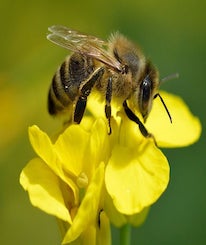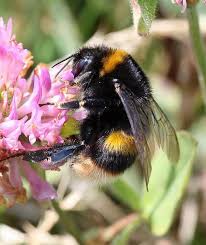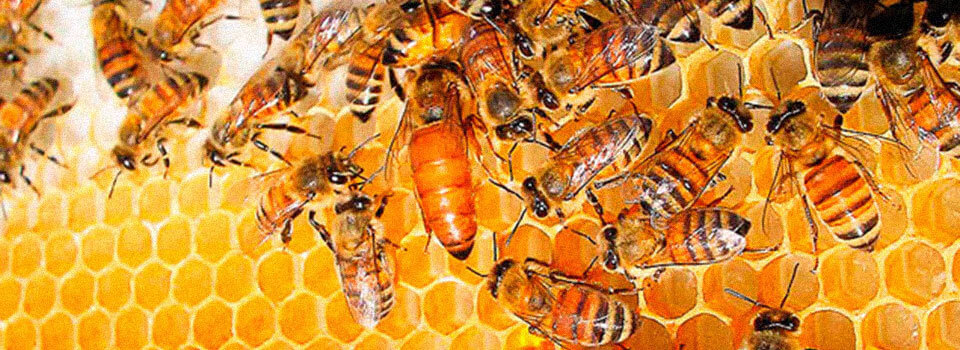Do you know why bees are so important?
Its very simple, they pollinate the food we eat. If we didn’t have bees in Ireland to pollinate our plants we would soon run very short on fresh fruit and vegetables to eat.


Get In Touch
046 9029710
sales@beechmount.ie
Trim Rd, Navan
It’s All About The Bees
Read on…………..
Its very simple, they pollinate the food we eat. If we didn’t have bees in Ireland to pollinate our plants we would soon run very short on fresh fruit and vegetables to eat.
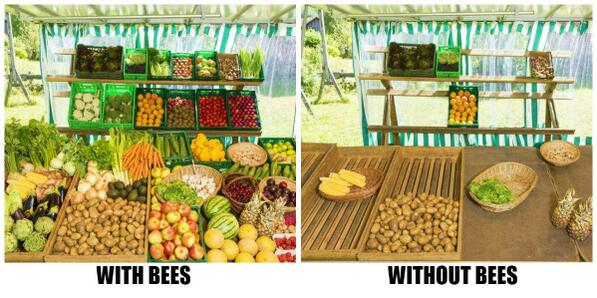
But its not only our food that they pollinate. For example; bees also pollinate clover that grows in our cattle fields. The cattle in turn eats these luscious plants and they produce tasty meat and the cows produce our milk.
POLLINATION CYCLE PHOTO HERE
The importance of Bees; Pollination
The most important thing that bees do is pollinate. Pollination is needed for plants to reproduce, and so many plants depends on bees or other insects as pollinators.
When a bee collects nectar and pollen from the flower of a plant, some pollen from the stamens – the male reproductive organ of the flower- sticks to the hair of her body. When she visits the next flower, some of this pollen is rubbed off onto the stigma, or tip of the pistil – the female reproductive organ of the flower. When this happens, fertilization is possible, and a fruit, carrying seeds, can develop.
Flowers that are visited more often by bees will produce larger and more uniform fruit than those visited less often. This beneficial effect pf pollination is most obvious in tree fruit. Ireland has 97 bees species and 180 hoverfly species. All of these species need our help in order to survive. If we do not do our bit the bees will suffer and in turn we will too.
Bumblebees
In Spring:
In the early days of the nest it is estimated that a Bombus terrestris queen may have to visit as many as 6000 flowers/day to get enough nectar to maintain the heat needed to brood her eggs
In Summer:
Nests are growing and workers are very active.
In Autumn:
Queens are fattening up ready for hibernation. Bombus terrestris queens need to weigh at least 0.6 g to successfully hibernate and emerge next spring.

Bumblebee Facts
Bumblebee Facts
- The world’s largest bumblebee is the Bombus dahlbomii of South America.
Its queens are described as looking like flying mice.
- Bumblebee eggs are shaped like sausages.
Tiny, tiny sausages.
- A bumblebee flaps its wings 200 times per second.
That’s a similar RPM to some motorcycle engines.
- Bees have to eat a ton.
Bumblebees have extremely fast metabolisms, so they have to eat almost continuously. “A bumblebee with a full stomach is only ever about 40 minutes from starvation,” as Goulson puts it.
- Bumblebee nests are much smaller than those of other species.
They have a maximum of 300 to 400 worker bees, compared to the tens of thousands found in a honeybee or wasp nest. For context, there are around 25,000 known species of bee, though there are likely more that have yet to be discovered.
- Bee sperm lives for months inside the queen bee.
Only the fat queen bee survives winter hibernation, and she’s left to create a colony by herself. Sperm stored up from mating the previous summer survives in her ovaries, ready to fertilize her eggs once she finally finds a nesting place. By the end of the summer, when she’s a little over a year old, the queen and all her worker bees die, to be replaced by her daughters.
- Queen bees control the genetics of their offspring.
Male bumblebees have only one chromosome, and no father. To produce a son, a queen bee merely has to lay an unfertilized egg. To have daughters—who make up the entirety of a bee workforce—a queen bee fertilizes her eggs with sperm she’s been storing since the previous summer.
- Bees have complicated family trees.
Because bee sisters receive exactly the same genes from their fathers, but only share around 50 percent of genes from their mother’s side, a female bumblebee is 75 percent related to her sisters. But she’s only 50 percent related to her children, who get half their genes from their father and half from her. That’s why it makes sense for the majority of bees in the nest to help raise the queen’s offspring, rather than running off to start their own nests. The worker bee’s sisters carry more of her genes than her children would, so she leaves that whole childbirth thing to her mother.
- Bumblebees don’t die when they sting.
That’s just a thing in honeybees. So yes, a bumblebee can sting you twice. However, male bumblebees don’t have a stinger at all, and female bumblebees aren’t very aggressive, so unless you go barging into their nest, you’re likely safe.
- Most of what we know about bumblebee nests comes from an entomologist who died in 1912.
Frederick William Lambart Sladen was the first scientist to devote his research completely to bumblebees. He published his first book about the bee at the age of 16, in 1892, solidifying himself as the world expert. And he still kind of is. “Species that are today rare or extinct in Britain, such as the short-haired bumblebee, were familiar to Sladen, and his descriptions of the nests of such species remain pretty much all that we know,” Goulson writes. “No one has come close to matching Sladen’s knowledge of the nesting habits of bumblebees.”
- To safely pick up a live bee, scientists use a special device.
It’s called a pooter. Hehe. Pooter. In all seriousness, it allows scientists to pick bees up to study them without harming them. Researchers can suck small insects into a jar by inhaling through one end of a tube. Mesh on the mouthpiece prevents the insect from being sucked directly into the scientist’s mouth.
- Taking DNA samples from bees involves cutting off their toes.
Bees don’t really have toes, but scientists snip the final tarsal segment off wild bees to run genetic tests on back in the lab. It doesn’t shorten their lifespan or reduce their ability to gather food, so presumably it’s not as cruel as it sounds.
- Bees have smelly feet.
Bees, like all insects, are covered in an oily film that makes them waterproof. When they land on a flower, they leave their chemical signature behind. Other bees can smell these oily footprints left on flowers, and know not to land on the same place—the nectar’s already been pillaged. Bees also use these footprints as a sort of smelly “Welcome Home” mat; the scent helps them find their way back to the entrance of their nest.
- Bumblebees air condition their nests with their own wings.
If the nest gets too hot, worker bees post themselves near the entrance and fan the hot air out, like tiny flapping A/C units. The hotter it is, the more workers join in the effort in order to keep the nest at exactly 86 degrees Fahrenheit, their preferred temperature. If their body temperature rises above 111 degrees, the bumblebees will die.
- Hordes of male bumblebees congregate on hilltops.
In a study of bees in Scotland, Goulson found that areas atop hills attract an unusual amount of male bees compared to flat areas or midway up a hill. While he speculates that this may be an effort to attract mates—some other male insects gather at higher altitudes to wait for a lucky lady to come along—scientists have not observed this pick-up technique succeeding. However, bumblebees produce more eligible bachelors than they do bachelorettes. There are about seven males for every queen born, so most males never mate.
Only 3% of the 20,000 bee species worldwide
are social, colony forming bees. There are 101
bee species in Ireland. Nineteen of these species
are bumblebees, and more than half of these
bumblebee species are in decline. Most of the
other 81 bee species in Ireland are solitary.
- Honey bees must gather nectar from two million flowers to make one pound of honey.
- One bee has to fly about 90,000 miles – three times around the globe – to make one pound of honey.
- The average bee will make only 1/12th of a teaspoon of honey in its lifetime.
- A honey bee visits 50 to 100 flowers during a collection trip.
- A honey bee can fly for up to six miles, and as fast as 15 miles per hour.
- The bee’s brain is oval in shape and about the size of a sesame seed, yet it has a remarkable capacity to learn and remember things. For example, it is able to make complex calculations on distance travelled and foraging efficiency.
- Honey bees communicate with one another by dancing.
- A colony of bees consists of 20,000-60,000 honey bees and one queen. Worker honey bees are female, live for about 6 weeks and do all the work.
- The queen bee can live up to 5 years and is the only bee that lays eggs. She is the busiest in the summer months, when the hive needs to be at its maximum strength, and lays up to 2500 eggs per day.

- Larger than the worker bees, the male honey bees (also called drones), have no stinger and do no work. All they do is mate.
- Honey has always been highly regarded as a medicine. It is thought to help with everything from sore throats and digestive disorders to skin problems and hay fever.
- Honey has antiseptic properties and was historically used as a dressing for wounds and a first aid treatment for burns and cuts.
- The natural fruit sugars in honey – fructose and glucose – are quickly digested by the body. This is why sportsmen and athletes use honey to give them a natural energy boost.
- Honey bees have been producing honey in the same way for 150 million years.
- The honey bee is the only insect that produces food eaten by man.
- Honey lasts an incredibly long time. An explorer who found a 2000 year old jar of honey in an Egyptian tomb said it tasted delicious!
- The bees’ buzz is the sound made by their wings which beat 11,400 times per minute.
- When a bee finds a good source of nectar it flies back to the hive and shows its friends where the nectar source is by doing a dance which positions the flower in relation to the sun and hive. This is known as the ‘waggle dance.’
- Honey’s ability to attract and retain moisture means that it has long been used as a beauty treatment. It was part of Cleopatra’s daily beauty ritual.
- Honey is incredibly healthy and includes enzymes, vitamins, minerals. It’s the only food that contains “pinocembrin”, an antioxidant associated with improved brain functioning.
Solitary Bees
Solitary bees can travel up to 1km but commonly forage within 100-200m of their nest. Studies have shown that an increase in 150m between the nesting site and food plants can reduce the number of viable offspring by more than 70%.
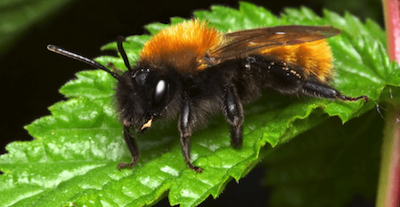
Ten Things You Can Do to Help Bees
We can all do our bit for the bees around us. Here are ten things you can do to help bees.
- Let there be weeds in your garden
Weeds provide excellent forage for all types of bees (honey bees, bumble bees and solitary bees).
If you have space, why not allow a ‘wild area’ in your garden, where you can literally throw a handful of wild flower seeds and see what comes up over the following years. It takes a long time to establish a true wild flower meadow (and NO FERTILIZER!) but even in the first year when you let the weeds flourish, you will find that there are hundreds of little native flowers which the bees will really appreciate. Remember, to bees, the lawn is just a desert.
- Plant early flowering trees
The beautiful spring flowering trees suitable even for small gardens can provide excellent sources of pollen and nectar for bees. Avoid those with double flowers, though, as they tend to have little pollen or nectar and in any case the multiple petals make access difficult for pollinators.
- Plant flowers of one type together in generous groups
This enables the bees to find rich sources of pollen and nectar in one place, when the group flowers together. You can achieve a long flowering period by removing the dead heads of the flowers, and this will encourage the plants to flower again. Even a quick chop with your garden shears (‘Chelsea Chop‘) when the first flowering is past will bring rich new flower rewards for you and the bees.
- Plant flowers with open faces
Plant flowers with simpler forms and open faces, like daisies, rather than hybrid double forms. The hybrids usually lack all pollen and nectar, and the double forms are very difficult for bees to forage.
- Avoid using garden chemicals
Unfortunately many products sold for garden use are harmful to bees; even some which contain neonicotinoids are available. Similarly, many garden paints contain insecticides. Search out the ones which do not!
- Do not tidy up too much
Many bumble bees nest in the ground, or near it. Old clumps of dead grass, the leaves at the bottom of the hedge, the compost heap – all provide excellent nesting sites for bumble bees.
- Leave a bit of ivy somewhere
During the winter, the bees sometimes leave their nests to forage if the weather is sunny. They need to find food if they come out at this time, and ivy provides both pollen and nectar for them.
- Teach your children (and others) to enjoy bees
Bees are not aggressive creatures. Although they can sting if you tread too near to their nests or hives, they are far too busy about their own business to bother you unless they are threatened. Teach your children to respect them and see the good work which they do in the garden, providing pollination to your crops and other plants.
- Think of your garden as a haven
By encouraging bees in your garden, you are providing a haven for these vital pollinators, whether you live in town (the asphalt jungle) or in the countryside (monoculture crops).
- Why not become a bee watcher?
Visit the Biodiversity Ireland website to find out about the Bumble Bee Observation volunteering project.
Here are Beechmount Garden Centre we understand the importance of the bees to our countryside and our health, we hope from this information that you have a better understanding of it and that you will think about your garden in the future and think to yourself what corner can I chose to do my bit to help save the bees in Ireland. We have a full range of plants to choose from that will enhance your garden and will also be beneficial to the bee population in Ireland. Thank you for taking the time to read this and please email if you have any questions in regard to which plants might suit your garden best. Email sales@beechmount.ie
START SHOPPING FOR PLANTS THAT HELP BEES
-
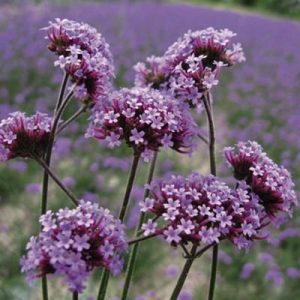
Verbena bonariensis
€9.99 -

Geranium Rozanne
€11.99 -

Lavandula Essence Purple
€9.99 -

Lavandula Munstead
€10.00 -
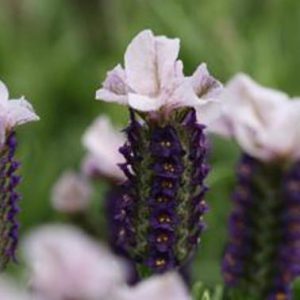
Lavandula Lilac Wings
€10.00 -
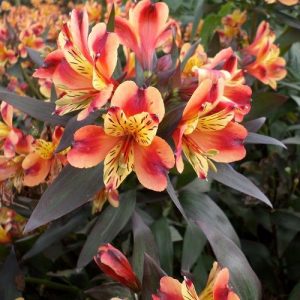
Alstroemeria Indian Summer
€12.99 -

Nepeta Walkers Low
€9.99 -
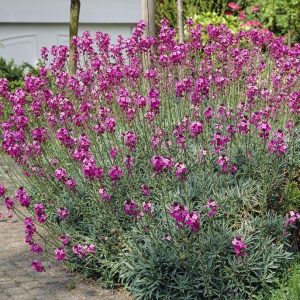
Erysimum Bowles Mauve
€9.99 -

Monarda Cambridge Scarlet
€9.99 -

DELPHINIUM Magic Fountain Dark Blue Black Bee
€9.99
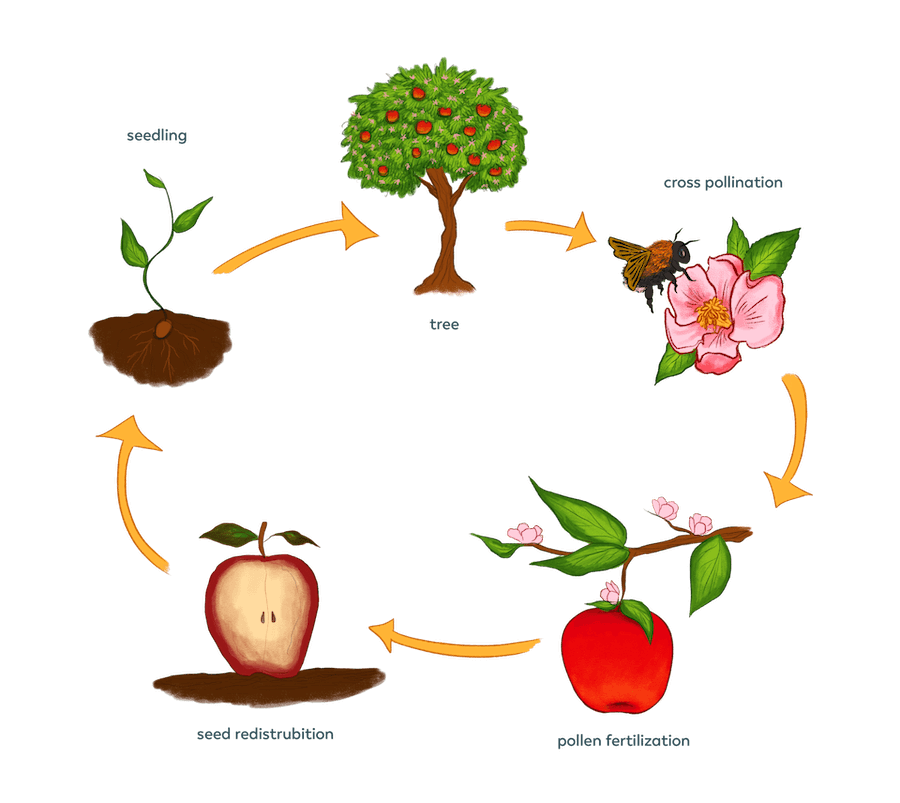

See how much there is to know.
Bees are extraordinary
Get In Touch
046 9029710
sales@beechmount.ie
Trim Rd, Navan Co Meath
Let’s Build Your Dream Garden Together
Keep your new tree well-watered in the first growing season. In the following spring feed your new tree with an organic pelleted chicken manure.

